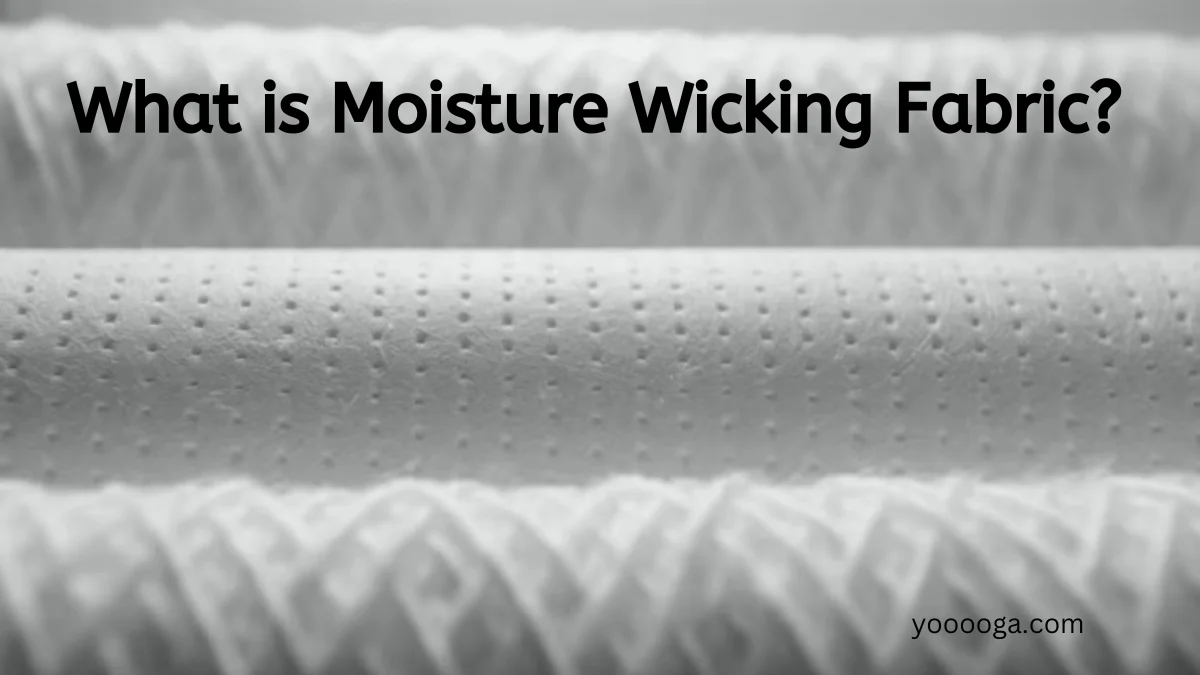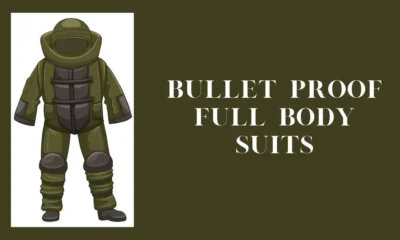YOGA
What is Moisture Wicking Fabric?

First things first, what is moisture wicking fabric? As its name indicates, moisture wicking is used to describe fabric that with the ability to pull moisture away from your skin using small, built-in capillaries. Moisture wicking relies on capillary action. While moving sweat away so it can evaporate and your skin stays dry, capillary action allows air to pass through it freely, that is why some fabrics give you the feeling that your skin can breathe freely when wearing them on.
Some fabrics are good at both evaporating sweat and breathability, while others might just be breathable, such as cotton and linen. If you have ever hiking in a cotton tee or even worse, wearing jeans for sports, I bet you remember how hot and sticky you feel during exercise.
Most synthetic fabrics like nylon, spandex, chiffon, and Lycra are good moisture wicking fabrics, and natural fabric like Merino wool, and bamboo also makes good moisture wicking fabrics.
Table of Contents
What about cotton?
Cotton is often deemed to be a very comfortable fabric. However, this is not the case in sportswear. It absorbs sweat and will become heavier than usual during sports time, which is why you feel uncomfortable wearing a cotton tee for exercise. Some cotton blend fabrics might be suitable for low-impact sports or low-sweat sports, like mild yoga and else. Overall, activewear made from cotton or partly made from cotton is not a good option, you should think twice before making a decision.
Why moisture wicking fabric important for activewear?
To answer this question is not difficult – because moisture wicking fabric keeps your skin dry and comfortable during sweaty sports time. Then, this raises another question, should I choose activewear that is made from moisture wicking fabric? My advice is YES. You should pick moisture wicking fabric like chiffon, spandex, nylon and else.
Moisture wicking fabric is in a dominant position when it comes to activewear manufacture. No one wants to endure a sweat-soaked tee or pants during exercise time, this is very uncomfortable and how can one perform well with inappropriate sports clothes on?
For yoga practice, the case varies from one type to another. Say, flow yoga or hot yoga, you must pick moisture wicking yoga apparel such as yoga sports bra, or capri yoga leggings. They have intense poses that require a lot of attention and energy. Wearing moisture wicking yoga apparel will ensure comfortability and necessary support during such activities.
Say, for mild yoga classes, especially those for beginners, it is acceptable to wear not so moisture wicking yoga clothes. Sometimes, a cotton tee would be a good option too.
How to care for moisture wicking sports clothes?
If you treat your activewear well, they will last longer and help you perform better during sports time. In my opinion, learning a few simple tips on how to care moisture wicking sports clothes cannot hurt and it will cost you too much money or time. Now I am going to share a few tips with you so that you can follow them and do better in sports clothes care.
First, avoid almost any softeners when washing your moisture wicking active clothes. Fabric softeners will create a waxy residue after soaking. They will blend in with most moisture wicking synthetic fabrics. If you are positive that your existing fabric softener product will not cause such an issue, give it a try. I just do not want to be very assertive.
Second, wash sports bras by hand and hang them to dry instead of using the washing machine and dryer machine. I used to write an article on how to care for yoga sports bra, you may refer to it by clicking the link.
Third, if possible, wash your sportswear after every time you wear them. For moisture wicking fabric, capillary action remains stable after every wash, and washing them will help remove batteries generated during sweating.
-

 GENERAL2 months ago
GENERAL2 months agoUncovering the World of кинокрадко: The Dark Side of Film Piracy
-

 GENERAL2 weeks ago
GENERAL2 weeks agoUnveiling the Art of преводсч: How Translators Bridge Language Barriers
-

 YOGA1 year ago
YOGA1 year ago4 Person Yoga Poses for Beginners
-

 GENERAL2 months ago
GENERAL2 months agoThe Journey of iamnobody89757: From Anonymous User to Internet Sensation

























